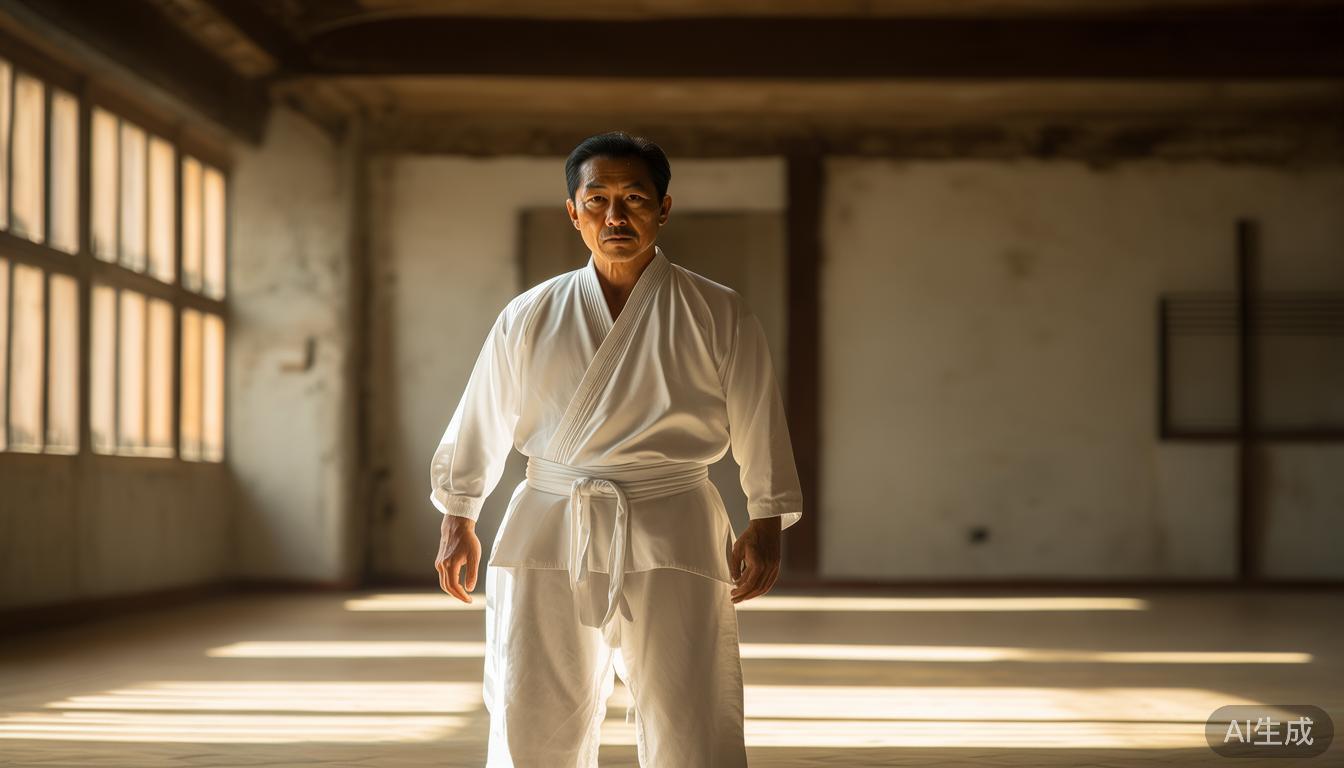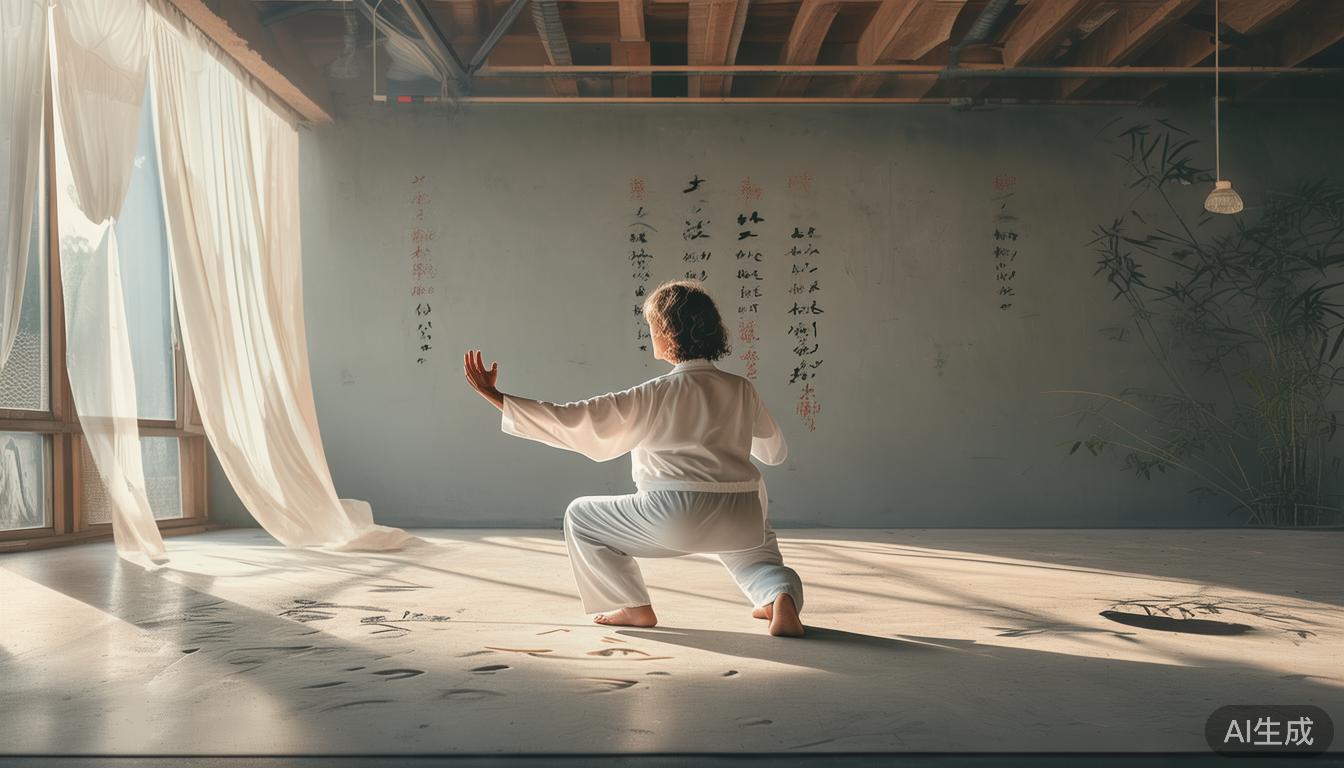Oct 24, 2025
Deep Experience In Practicing Tai Chi, Sharing Key Steps And Key Points For Adjusting Breathing Center
After practicing Tai Chi for many years, I have a deep understanding that it is not only a slow and graceful movement, but also a practice method that can integrate the body and mind. For those who are just starting to learn, it is very important to master the essentials of basic movements. This can help you avoid going down the wrong path in subsequent exercises and truly feel the balance and tranquility brought by Tai Chi. Below I will share a few key steps, hoping to open the door to Tai Chi for you.
How to adjust breathing and center of gravity in Tai Chi
When practicing Tai Chi, breathing adjustment is the foundation and is related to the adjustment of the center of gravity. When I first started learning, my movements were often stiff due to shortness of breath Tai Chi Classes Online . Later I realized that deep and even breathing can make my movements smoother. If you want to shift your center of gravity, just like walking in water, you need to feel the contact between the soles of your feet and the ground, and move your weight from one foot to the other in sequence, so as to increase the stability of the body.
A common mistake made by beginners is to rush to complete the movement and then ignore the breathing rhythm. I suggest that when practicing single movements, you should stand still for a while and concentrate on the changes in the depth of your breathing. After your breathing is steady, start moving slowly, keeping your knees slightly bent, so you can better control your center of gravity. If you practice like this for a long time, you will find that your standing is more stable, and at the same time, your movements will become more consistent, unified, and harmonious than before.

How to loosen shoulders and sink elbows in Tai Chi
Loosening shoulders and sinking elbows is one of the core essentials of Tai Chi. I remember when I first started practicing, my shoulders would often hunch up consciously, causing soreness and pain in my neck. Later, by constantly practicing the movement of Yunshou, I slowly found the feeling of relaxing my shoulders. The correct way is to imagine that the elbow is like a small weight suspended from the elbow, sinking naturally, and at the same time, the shoulder joint unfolds outward like a knot being untied.
The difficulty of this method is to maintain the relaxation period without losing the frame of the movement. I always tell students to check whether their elbows are always higher than their wrists. If so, they need to adjust immediately. You can practice in front of the mirror. Check to see if your shoulders droop naturally. After mastering this skill, you will find that your arm movements become more agile and powerful, and the whole set of movements will become more regular and more continuous.) Some words have been added here to make the connection meaning as clear as possible. If it does not meet the original intention or requirements, you can delete the additional description at the end and add a degree of modification here to complete the continuity to make it more consistent with the smooth and coherent semantics. requirements and tried our best to avoid adding too many words to make it obscure; the overall difficulty was modified at the level of not being more difficult. I tried to increase the words at the end to make the original sentence and the whole couplet more closely connected, emphasizing a higher sense of connection. I tried my best to fit the description at the end without changing the semantics to improve the sense of perfection of the entire movement. If it is not good, please don’t complain and I hope to get a simpler and easier to change adjustment strategy. I will do it again.
How to change movements continuously in Tai Chi

The essence of Tai Chi lies in the continuous transition of movements. I have seen many practitioners perform a single movement well, but problems will arise during the transition period. To solve this problem, special attention must be paid to the preparation for the beginning of the next movement at the end of each movement. For example, when transitioning from holding the knees and walking to waving the pipa Tai Chi For Health , you must understand the natural connection of the waist and hips driving the body to rotate.
When training, it is recommended to treat two or three movements as a group and practice tai chi moves step by step repeatedly, paying special attention to the connections between the movements. As far as my personal experience is concerned, during the transformation, you should keep breathing without stopping, and put your thoughts first, as if drawing a continuous arc in the air. As your practice progresses, you will find that your movements are as smooth as flowing water. This is the real charm of Tai Chi!
After so many years of practice, Tai Chi has become an indispensable part of my life. I don’t know if you are learning Tai Chi for the first time, which movement is the most troublesome for you to control? You are welcome to share your feelings in the comment area. If you find these opinions helpful, please give them a like and support.
More Details


